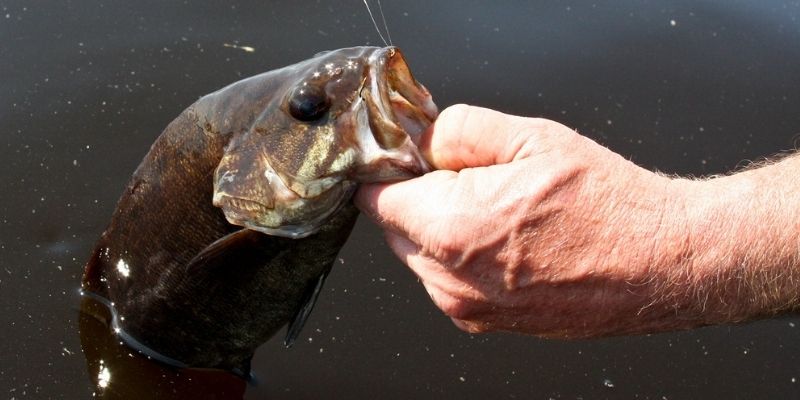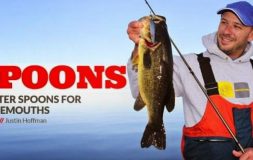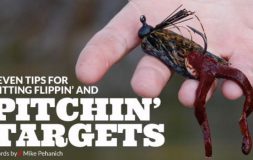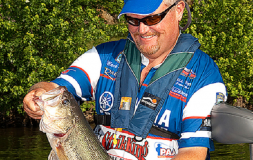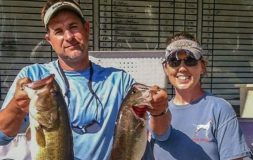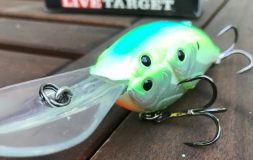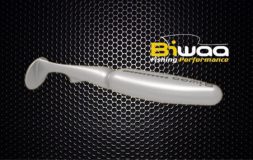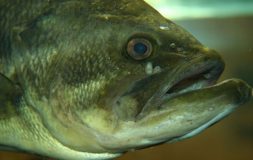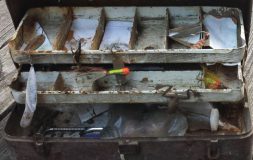Taking on spring transitional bass
After weeks of predictable fishing (where bass are super aggressive in their prespawn time and visible and territorial in their spawning period) the transition from spawn to postspawn can make things very tough. It can seem like the bass just disappear from areas where they were plentiful just a few weeks before.
So what can you do to locate these finicky, hard-to-find bass?
Reverse the Migration Routes
After the big female bass are done spawning they’re tired. After guarding their newly hatched fry for a few days, they pull of the spawning flats, many times to the first depth change or drop off. That’s the best place to start when it seems like the bass have moved out of those spring haunts.
Work those areas slowly with a jig, drop shot or other finesse presentation. The main reason for the slower approach is that these tired bass do not want to expel a lot of energy. You might fish a crankbait or something faster and think that there are no fish in the area. If you slow down, you might find that you catch multiple fish in an area, as those bass are out recovering.
Check Summer Spots
On most bodies of water, bass spawn in waves. You might have some fish still up on their beds, while a group that spawned earlier might already have recovered and be in their full-blown summer patterns. This means deep water ledges, points and humps are places to try earlier in the year than you might think.
Summer patterns also mean targeting shade. Look for the new growth, weed canopies, docks or any overhanging trees or brush that are out of the sun. Pull out the flipping stick and do some work pitching or punching.
Don’t Forget About Topwater
When bass come off their beds, many times they are guarding their fry that ball up around the areas they were hatched. This is a great time to throw a frog or a buzzbait, especially during cloudy days or low light periods. Bass will be protective and something coming over their head is a threat, so this can be an explosive time to throw something on top.
This is also a good way to cover water and figure out exactly where those postspawn fish are setting up. Topwater is really effective in finding the bass that are farther along in their transitional process. If you find the bass that are 3 or 4 weeks after they’re done spawning, they’ll be feeding up aggressively and it can make for some really exciting days on the water.


